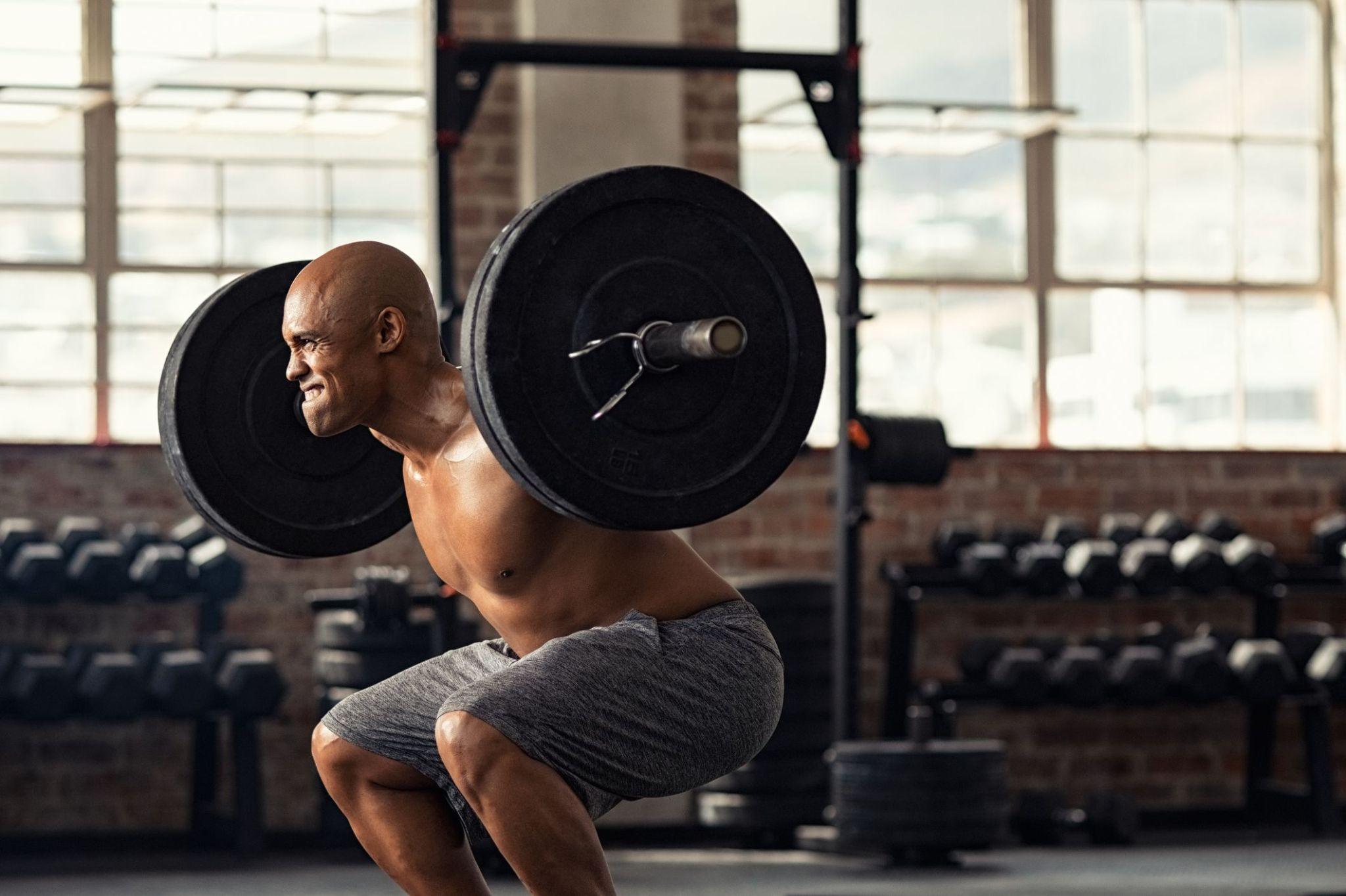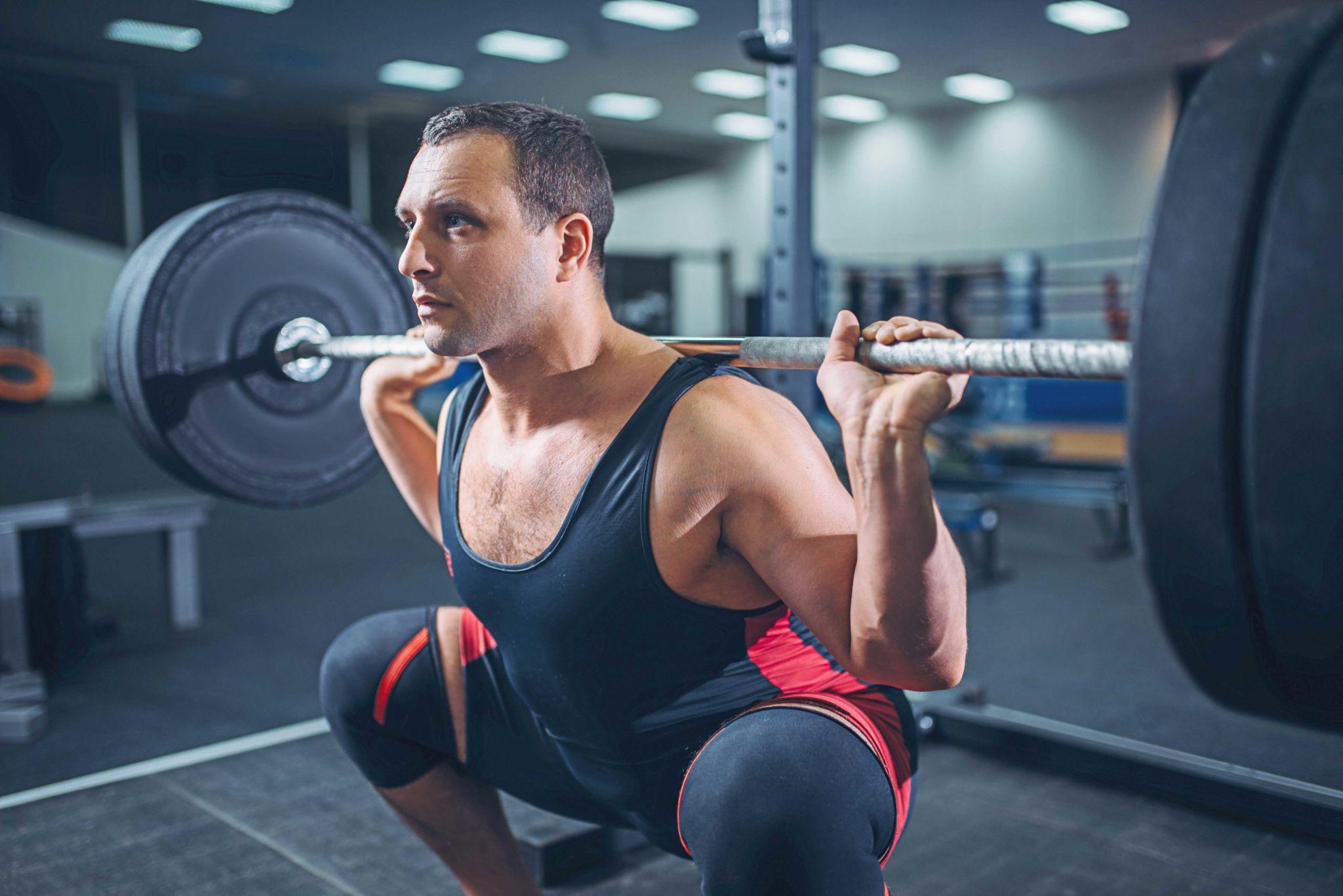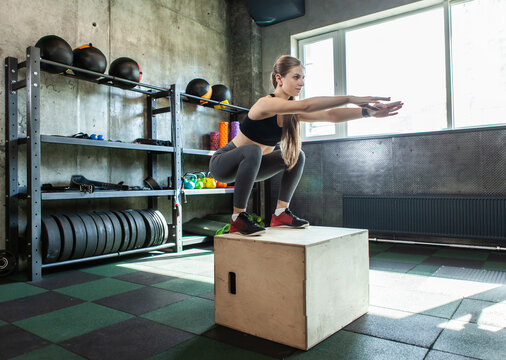Squats are a fundamental exercise in the world of fitness, and for a good reason. They engage multiple muscle groups, promote functional movement, and can even contribute to fat loss. However, to truly reap the benefits of squats, it’s essential to execute them with perfect squat form. In this article, we will delve into the art of mastering the perfect squat, as highlighted by exercise experts. Let’s explore the seven key elements that will help you achieve a flawless squat technique.
Understanding the Squat Technique

Before we delve into the intricacies of a perfect squat, let’s go back to the basics. The fundamental perfect squat form starts with positioning your feet shoulder-width apart or slightly wider. As you lower yourself, your knees should align with your ankles, and your hips should move back, mimicking a hip hinge. Throughout the movement, remember to keep your core engaged and maintain a straight back to protect your spine. Weight Bench An adjustable weight bench can expand your exercise options, allowing you to perform incline or decline movements to target different areas of your back and glutes.
Common Perfect Squat Form Mistakes to Avoid
In our quest for a perfect squat, it’s crucial to identify and rectify common mistakes. One such mistake is leaning too far forward, which puts excessive strain on the lower back. Another error is allowing your knees to collapse inward, increasing the risk of knee injuries. Additionally, rounding your back during a squat can lead to discomfort and reduce the effectiveness of the exercise.
7 Keys to a Perfect Squat Form
To execute a perfect squat form with flawless precision, incorporate the following seven keys into your technique:
Hip Hinge and Glute Activation
A perfect squat form begins with a well-executed hip hinge. This movement pattern involves pushing your hips back while keeping your chest upright, ensuring that your glutes are fully engaged. By activating the glutes, you create a stable foundation for the squat, enhancing both control and power during the exercise.
Knee Tracking
Maintaining proper alignment of your knees throughout the squat is vital. As you lower yourself, ensure your knees stay in line with your feet and avoid letting them collapse inward. Proper knee tracking not only prevents injuries but also ensures that the load is distributed evenly across your lower body.
Weight Distribution
Proper weight distribution on your feet is crucial to a perfect squat form. You should evenly distribute your weight between your toes and heels, avoiding excessive pressure on any specific area. This balanced distribution helps maintain stability and prevents strain on the joints.
Breathing Technique
Breathing rhythm plays a significant role in maximizing the benefits of perfect squat form. Inhale as you lower yourself, and exhale as you push back up. This controlled breathing pattern helps you stay focused, boosts your performance, and contributes to a smooth and fluid squat motion.
Depth and Range of Motion
The depth of your squat and the range of motion are critical factors to consider. Descend to a depth that is suitable for your body without overextending or cutting the movement short. Finding the right balance will prevent injuries and ensure the target muscles are appropriately engaged.
Foot Positioning For Perfect Squat Form
Different foot positions can emphasize different muscle groups during a perfect squat form. Experiment with variations like wide stance squats or narrow stance squats to target various areas of your lower body. This versatility can lead to greater muscle activation and more comprehensive strength development. Resistance Bands These versatile bands can be used to add resistance to your glute and back exercises, helping to increase muscle activation and intensity.
Mobility and Flexibility
Before diving into squats, it’s essential to prepare your body with mobility and flexibility exercises. Proper warm-up routines will improve your perfect squat form, enabling you to achieve a deeper range of motion while reducing the risk of injury.
Incorporating Perfect Squat Form into Your Workout Routine

Now that you have mastered the art of a perfect squat form, it’s time to incorporate them into your regular workout routine. Depending on your fitness goals, you can include squats in strength training, circuit training, or even as a standalone exercise. Aim to squat at least twice a week and gradually increase the intensity and resistance to keep challenging your muscles. Dumbbells Adding dumbbells to your workout can provide extra resistance and challenge for your back and glute exercises, leading to greater strength gains.
The Relation Between Perfect Squat Form and Belly Fat

While squats are excellent for overall fitness, they play a supportive role in losing belly fat. Compound exercises like squats engage multiple muscle groups, leading to a higher metabolic rate and increased fat burning potential. However, it’s essential to pair squats with a balanced diet and other forms of cardio and strength training for optimal results.Yoga Mat Having a comfortable and non-slip surface like a yoga mat is essential for performing floor exercises that target your back and glutes.
Other Benefits of Proper Squat Form

Mastering the perfect squat offers numerous benefits beyond fat loss. Squats help strengthen the quadriceps, hamstrings, glutes, and core muscles. Moreover, the functional movement pattern of perfect squat form translates into improved balance and stability in everyday activities. Foam Roller A foam roller can be beneficial for post-workout recovery, as it helps alleviate muscle tightness and tension in the back and glutes.
Conclusion
In conclusion, the perfect squat form is a powerhouse exercise that yields tremendous benefits when executed with proper form. Remember to prioritize the seven keys discussed in this article: hip hinge and glute activation, knee tracking, weight distribution, breathing technique, depth and range of motion, foot positioning, and mobility and flexibility. By mastering these
Can I do squats every day?
While squats are an excellent exercise, doing them every day may not be ideal. Your muscles need time to recover and grow stronger after intense workouts. Aim for 2-3 squat sessions per week, allowing at least one day of rest between sessions.
Should I use a weightlifting belt for squats?
Weightlifting belts can provide additional support to your core during heavy lifts. However, it is essential to use them sparingly. Relying too much on a belt may prevent your core muscles from developing the necessary strength to stabilize your spine independently.
Is it normal to feel sore after squats?
Yes, it is normal to experience muscle soreness, especially if you are new to squats or have increased the intensity of your workouts. Soreness indicates that your muscles are adapting and getting stronger. Allow time for recovery and consider light stretching or foam rolling to alleviate discomfort.
Can squats help me lose weight?
Squats can be a valuable addition to a weight loss program as they engage large muscle groups, leading to increased calorie burn. However, weight loss ultimately depends on maintaining a balanced diet and incorporating a variety of exercises into your routine.
Can I squat with knee pain?
If you experience knee pain during squats, it is essential to address the issue promptly. Consult a healthcare professional or a fitness expert to identify the cause of the pain and find appropriate modifications or alternative exercises to avoid exacerbating the condition.
How deep should I squat?
The depth of your squat will depend on your flexibility and mobility. Aim to go as deep as possible while maintaining proper form. A full range of motion, where your hips go below your knees, is ideal for maximizing muscle engagement and strength development.




